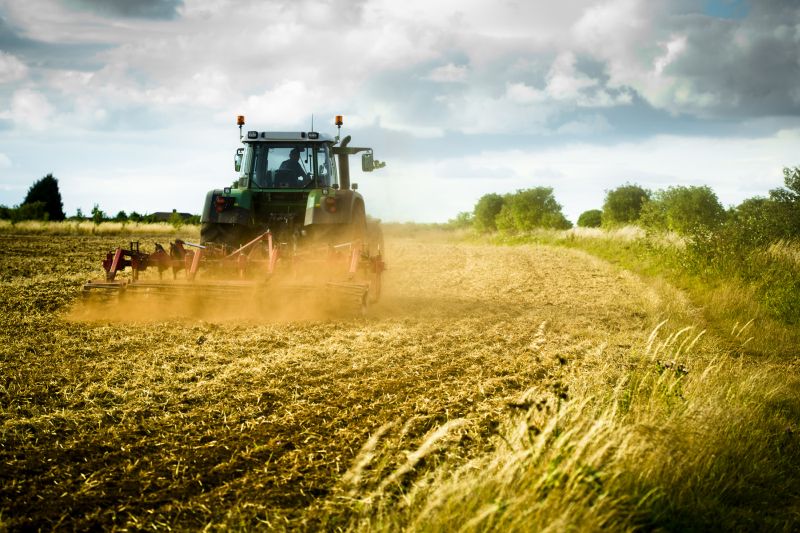
Protecting farmer and farm worker health should be a "top priority" for businesses following a spate of industry deaths, a rural risk expert has said.
New figures from the Health and Safety Executive (HSE) show that 33 people were killed in agriculture across Britain in 2017/18 – three more on the previous year.
These latest findings have further cemented agriculture’s reputation as the riskiest industry to work in, with it reporting the highest fatal injury rate – around 18 times higher than the all industry rate.
Of the 33 deaths in the agricultural sector, four were members of the public, two of which were children.
Last weekend alone, the country witnessed two farm-related deaths. A 47-year-old Aberdeenshire contractor died following an accident involving a tractor, and a 26-year-old from the Scottish Borders died as a result of a farm incident.
On 6 November, a 71-year-old man died after he was struck by a a Manitou telehandler on a farm in North Yorkshire.
Richard Wade, of Lycetts Risk Management Services, said agriculture’s high fatality rate "significantly outstrips" that of other industries.
“It is more than five times higher than the second most-risky industry, construction, which really drives home just how hazardous an industry it is," Mr Wade explained.
“Farmers face potentially fatal risks on a daily basis, from working with unpredictable animals to potentially dangerous machinery, so protecting personal and employee health should be top priority.
He added: “Sadly, members of the public, family members and children living on the farm also get caught up in incidents and account for some of the deaths.
“It is clear the burden of keeping farms safe is a heavy, but necessary one, with no room for error."
Injury statistics
There have been great strides with regards to health and safety over the past decades, with the number of fatal injuries to workers in agriculture falling by around half since 1981, but figures show there is still some way to go.
Being injured by an animal caused the most deaths during 2017/2018, accounting for one in four deaths (24 per cent).
Almost one in five deaths (18 per cent) were the result of being struck by a moving vehicle, followed by being trapped by something collapsing (15 per cent) and being struck by an object (12 per cent).
The age of the victims vary hugely, with the youngest being four and the oldest, 85.
Nearly half (48 per cent) of the agricultural workers killed were over 65 and almost twice as many self-employed people were killed as employees.
'Unwise risk taking'
Mr Wade said death and injury can have a "devastating impact" on family and friends, so the value of implementing health and safety training on the farm is "immeasurable".
He said: “Unwise risk-taking is an underlying problem in the agricultural industry, and the most vulnerable are hit the hardest. The fatal injury rate for over 65s was nearly five times that of younger workers.
"Many farmers are working well past their retirement age, with little to no help, so physically, and cognitively, they are put under a lot of strain.
“These factors mean they may not appropriately assess or mitigate risks. Sadly, some of these deaths are a result of freak accidents, but others are preventable."
He said that by implementing health and safety policies, carrying out robust risk assessments and undertaking health and safety training, farmers can ensure good practice is an integral part of their business, creating a safer environment for them, their workers, and the wider community – as well as help protect the future of their business.
